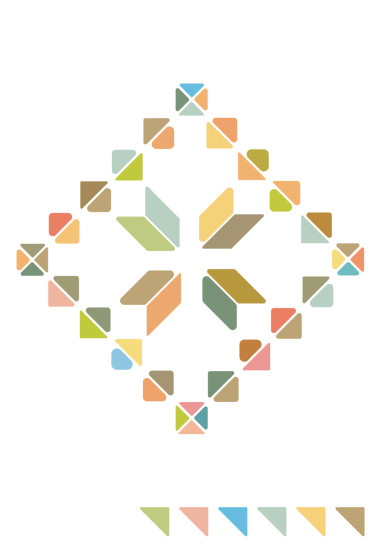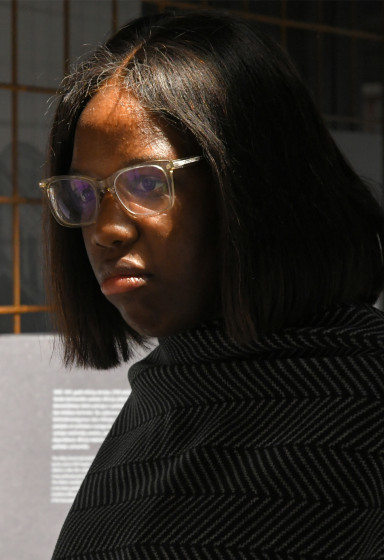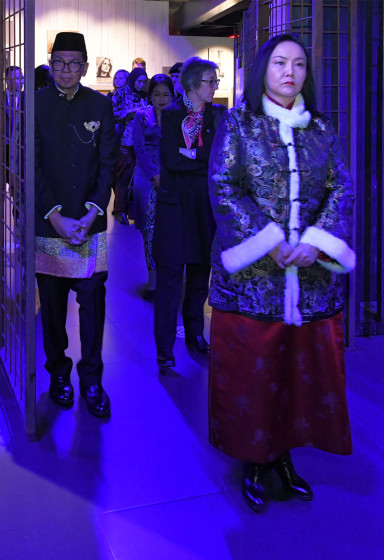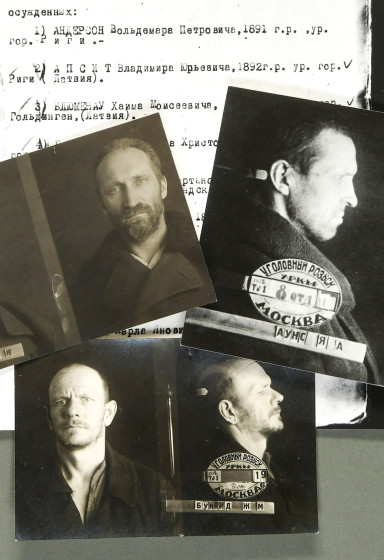Donate to Museum
Each donation helps to ensure the Museum's activities, allowing it to function and provide information for people from all over the world.
The Museum is grateful to each donor and invites everyone to contribute.
A Commemoration of the Victims of the "Year of Terror" was held at the KGB Building
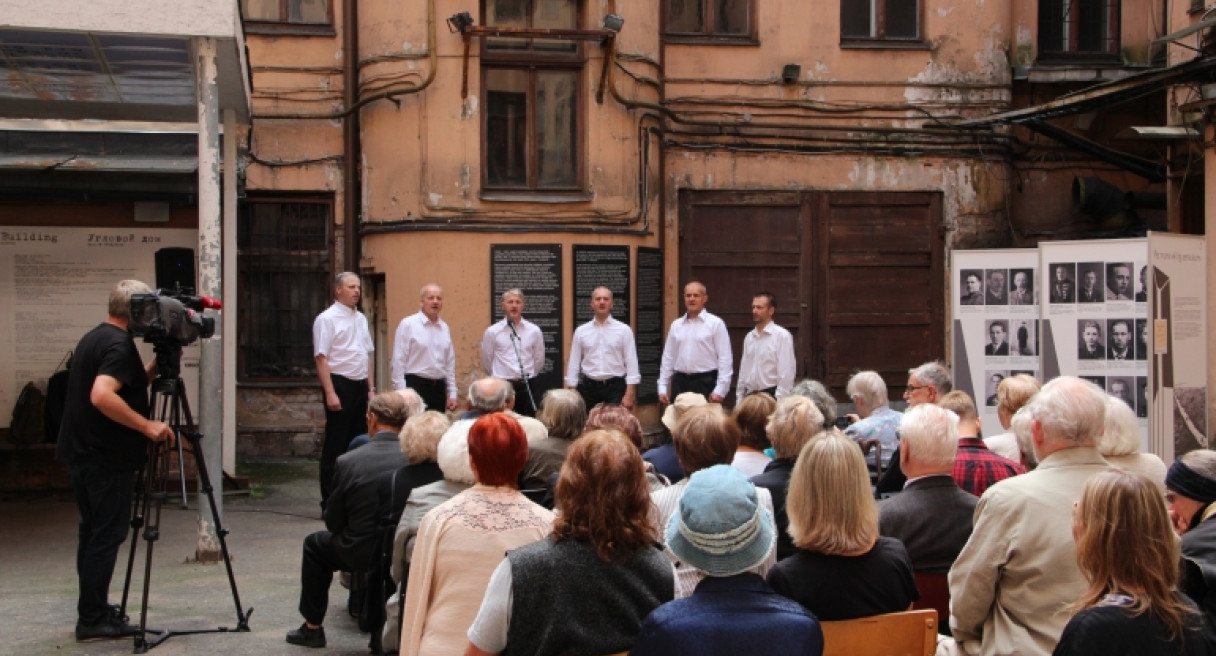
The Museum of the Occupation of Latvia hosted a memorial event on 6 July, in the courtyard of the former KGB building, for the victims of the Communist regime who were killed in 1941, and later reburied, creating Riga’s Forest cemetery “White Crosses”. During the event the latest discoveries were described by KGB crime researcher and museum historian, Inese Dreimane, and there was a performance by the male choir “Vilki”. The travelling exhibition, “Par mums vēl ilgi zeme skums” (for a long time the land will be sad) , created by the Museum of the Occupation of Latvia, was also displayed. The exhibition is dedicated to the 99 victims of Communist Terror who were shot and buried, by the KGB, in Riga Central Prison.
In Latvia, the first year of Soviet occupation, from 17 June 1940, is known as the “Year of Terror”. In this one year, the repressive institution of the Communist regime, the KGB, arrested at least 3745 Latvian citizens, killing 400. The shooting of the imprisoned civilians, without trial, at Riga Central Prison, was one of the last crimes of the Communist regime in 1941.
The crimes began to be revealed after the Soviets fled on 1 July, when German troops occupied Riga. A pit was found with the bodies of 98 men who had been shot dead (the 99th was found later) at Riga Central Prison. 69 of the men were soon identified. This information has remained unaltered to this day. The latest research however has succeeded in gaining more biographical information of the dead. Among them were 79 Latvians, 7 Russians, 6 Jews, 4 Germans, 1 Pole and 1 Norwegian. In one case the nationality remains unknown. After the exhumation, the remains were reburied, on 6 May 1941, in the Forest Cemetery, starting the history of the “White Cross” cemetery. The remains of the victims of Communist terror continued to be reburied in the “White Cross” cemetery until 1944. In total an estimated 120 people.

